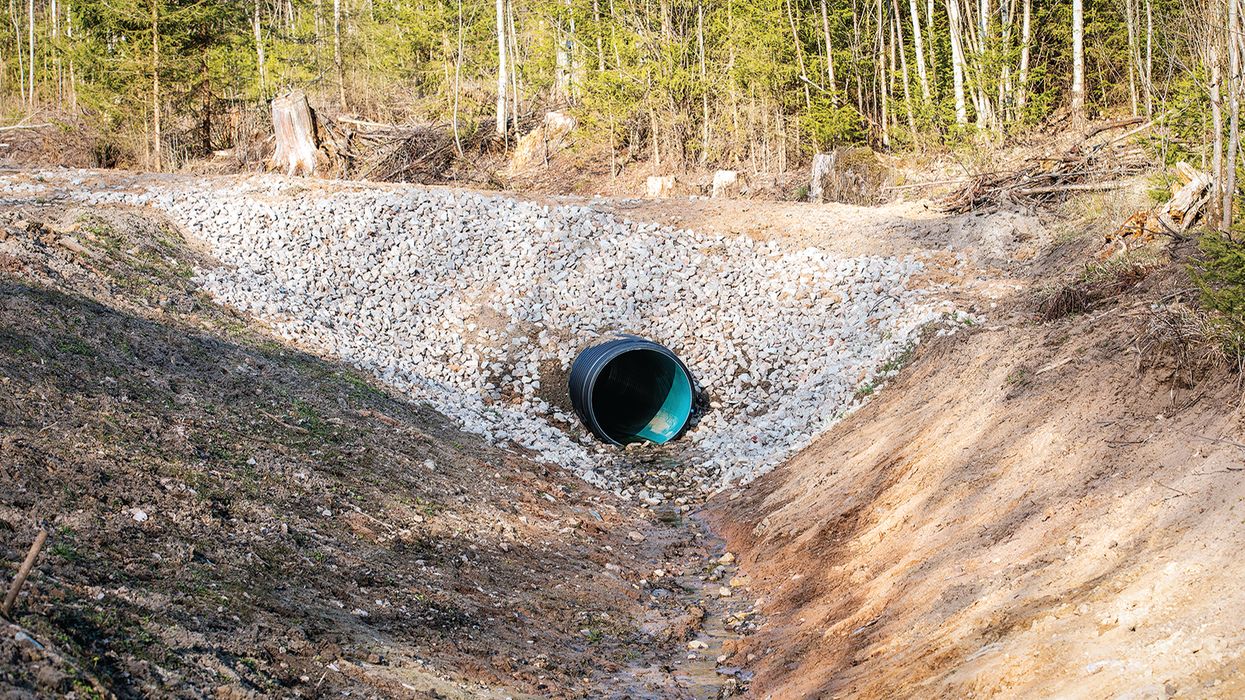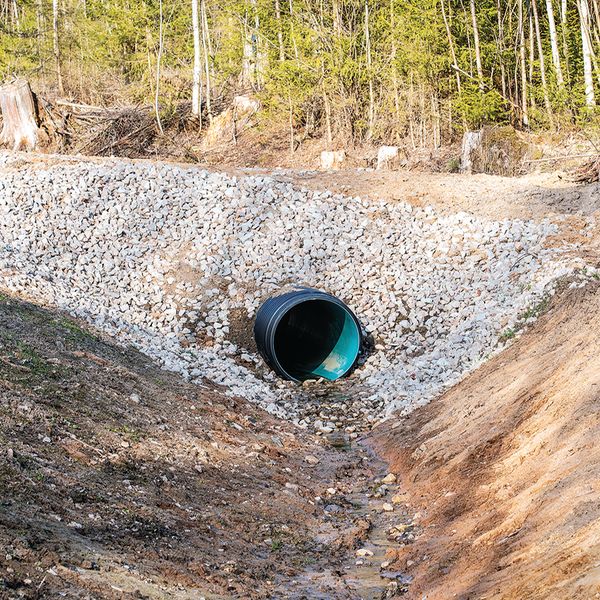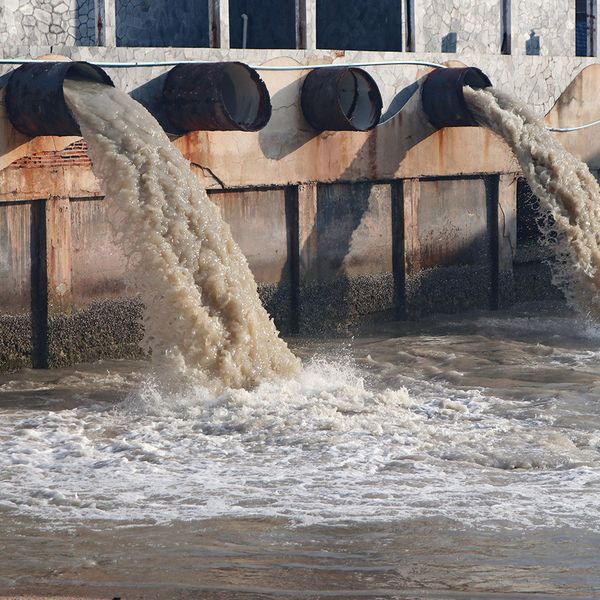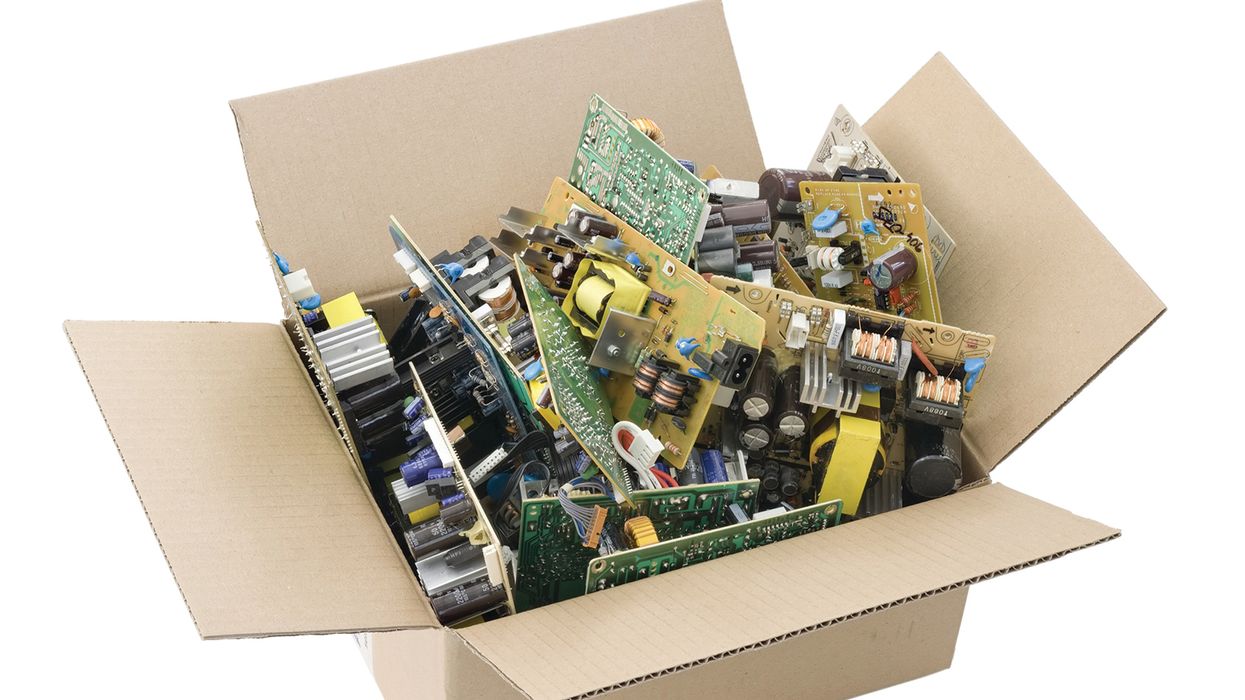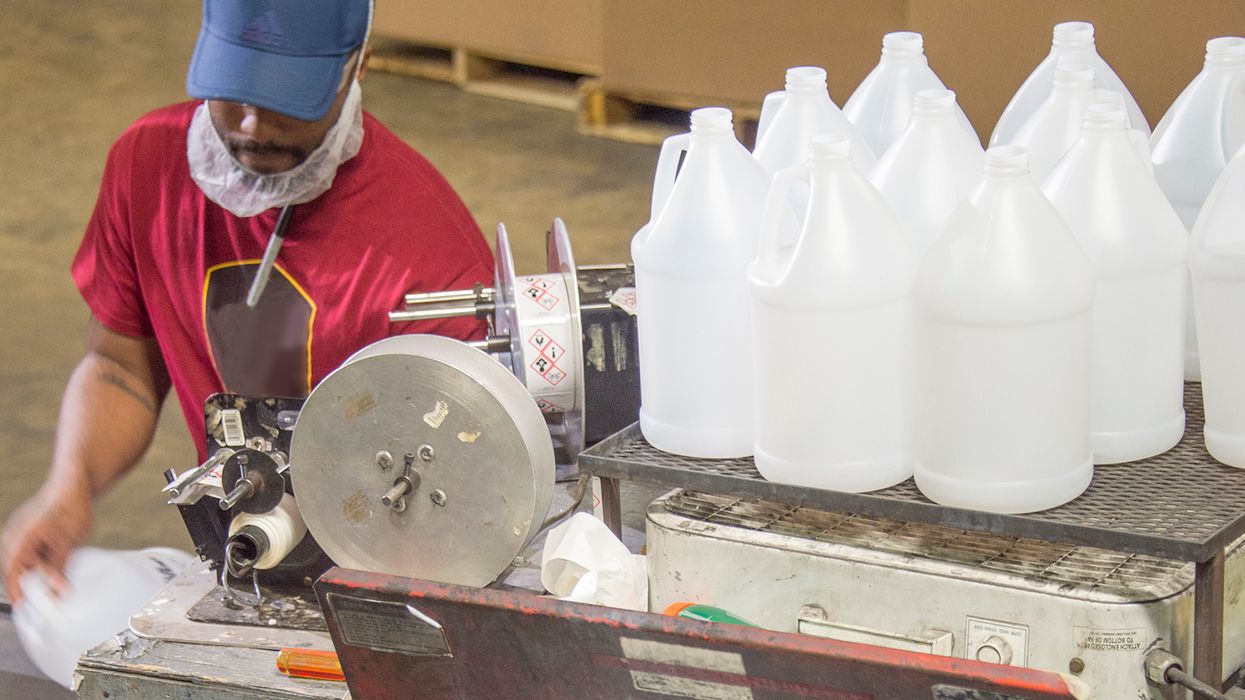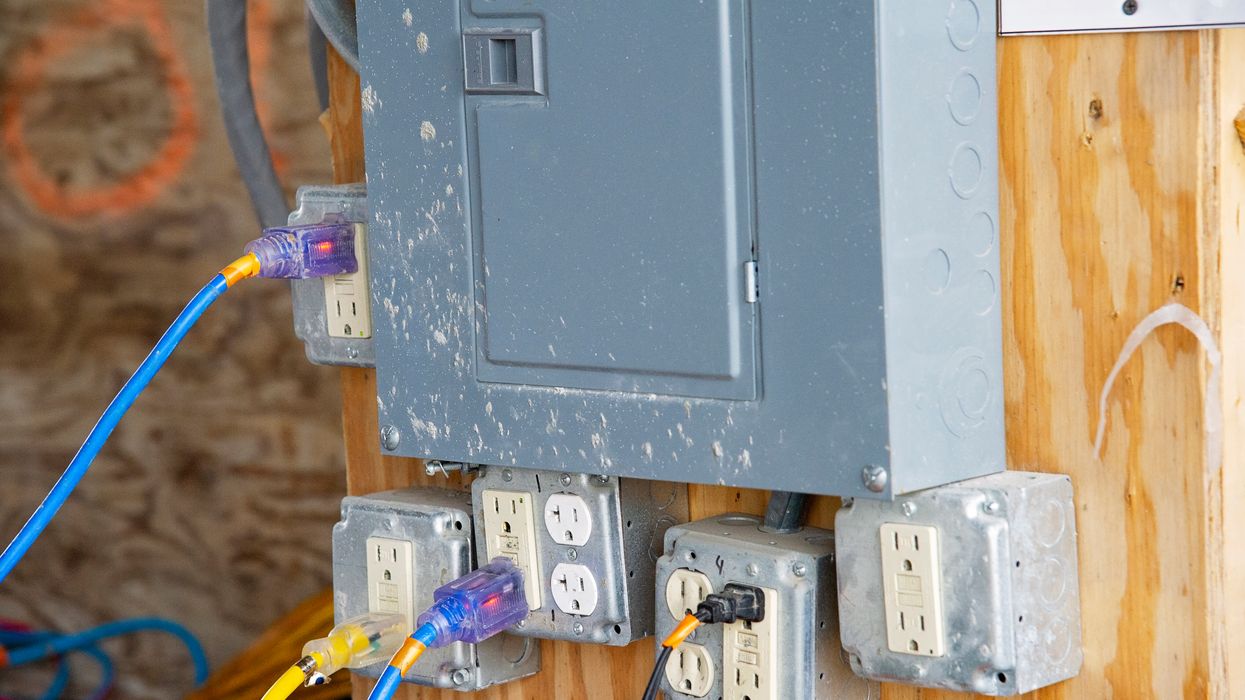From sunlight to sediment: EPA enforces the Clean Water Act
In a recent settlement case, the EPA alleges that a construction company violated the Clean Water Act (CWA) and related state laws during the construction of solar farms in Alabama, Idaho, and Illinois between 2016 and 2022. In total the company will pay just over two million dollars to resolve the allegations. The states of Alabama and Illinois joined the EPA in the settlement. The amount to be paid will include civil penalties, mitigation, and restoration projects.
Case Study
Specifically, the company failed to comply with National Pollutant Discharge Elimination System (NPDES) permits, designed to regulate construction site runoff. Solar farm construction involves clearing and grading large sections of land, which can lead to significant erosion and major runoff of sediment into waterways if stormwater controls at the site are inadequate. A complaint filed with the settlement alleges that during its construction of solar farms near American Falls, Idaho, Lafayette, Alabama, and Perry and White Counties, Illinois, the construction company failed to use proper stormwater controls, did not conduct regular site inspections by qualified personnel and did not accurately report and address stormwater issues. These are all requirements of the NPDES Construction General Permit. These combined breaches put waterways at risk from sediment-laden runoff, potentially harming aquatic life and jeopardizing downstream drinking water quality.
Learn more about stormwater in our EzExplanation
What is an NPDES permit?
The CWA bans discharging any type of industrial, municipal, and agricultural waste through a point source into a water of the United States unless they have an NPDES permit. The permit contains limits on what you can discharge, monitoring and reporting requirements, and other provisions to ensure that the discharge does not impact water quality. The permit interprets general requirements of the CWA into specific provisions tailored to the operations related to discharging pollutants. NPDES permits make sure that a state's mandatory standards for clean water and the federal minimums are being met.
CGP requirements
When it rains, water washes over the soil and things stored outside on a construction site. This water can pick up dirt, trash, and chemicals from the soil and carry them to nearby sewers or bodies of water. The CGP ensures that site operators have measures in place to prevent this pollution and keep the water clean for the community and the environment. Typically, if your construction activities disturb one or more acres of land, or will disturb less than one acre of land but are part of a common plan of development you will need to file for coverage under the CGP. Before submitting your Notice of Intent (NOI), the form you file to obtain coverage under the CGP, you must develop a Stormwater Pollution Prevention Plan (SWPPP) outlines how you plan to implement erosion and sediment controls and meet other requirements of the permit on your construction site.
Additional CGP requirements include:
- Inspections to verify compliance with permit. Inspections must be conducted by a qualified person who has either completed the EPA construction inspection course or similar program and passed the exam. Inspection records must be kept for at least three years after permit coverage is terminated or expires.
- Routine maintenance and corrective action to fix problems with controls or discharges.
- Turbidity monitoring requirements for dewatering discharges to sensitive waters (if applicable).
- There might also be state, tribal or territory specific requirements.
Key to remember
Solar farms are important for helping to reduce the impact of climate change. However, the companies that build these solar farms need to follow certain rules to protect the environment, just like any other construction project.

